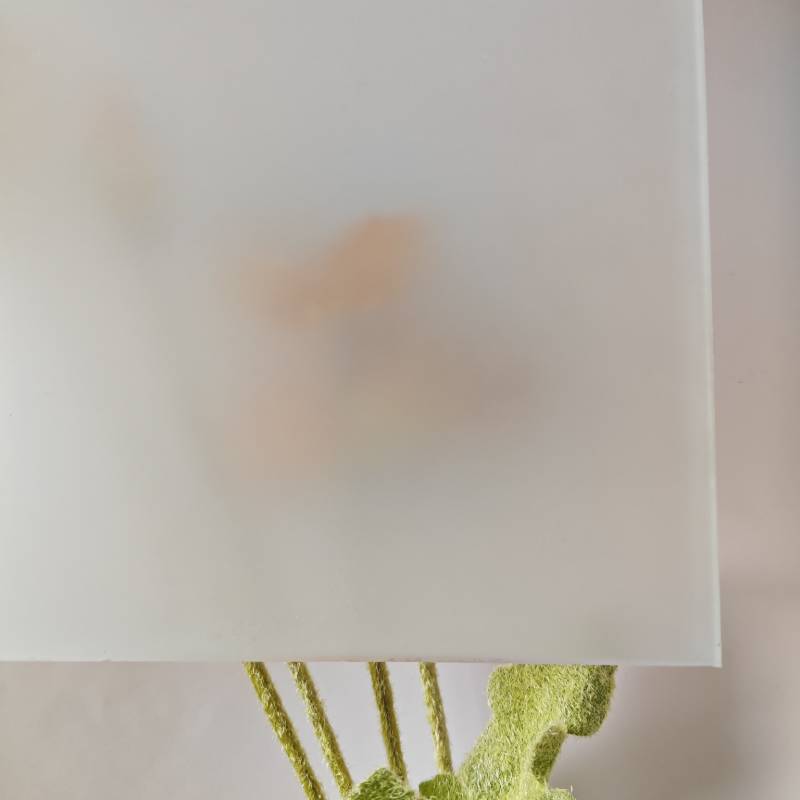

Understanding Non-Glare Glass Benefits and Applications
In the world of glass materials, non-glare glass stands out as a remarkable innovation, catering to the evolving needs of designers, artists, and consumers alike. This specialized type of glass, often referred to as anti-reflective or matte glass, is designed to minimize reflections and glare, contributing to a clearer viewing experience. Its unique properties make it an ideal choice for various applications, ranging from art displays to retail environments and even home decor.
The Science Behind Non-Glare Glass
Non-glare glass is manufactured using a unique process that involves creating a matte finish on the surface. This finish is achieved through sandblasting, acid etching, or the application of a special coating that diffuses light rather than reflecting it. Traditional glass surfaces tend to create reflections that can obscure the view of what lies behind them. In contrast, non-glare glass scatters light, reducing glare and improving visibility. This functionality is particularly important in settings where clarity and detail are paramount, such as galleries or in high-end retail displays.
Applications of Non-Glare Glass
One of the most prominent uses of non-glare glass is in the framing of artwork and photographs. Artists and photographers alike choose this type of glass to ensure their works are viewed as intended, without distractions from reflective surfaces. Frames with non-glare glass preserve the vibrancy and detail of the artwork, allowing viewers to appreciate them fully.
Moreover, non-glare glass has gained popularity in the design of electronic displays, such as computer monitors and televisions. The anti-reflective properties of the glass help to reduce distracting reflections from ambient light, enhancing the viewing experience. This has become particularly important in environments with significant lighting, such as offices and homes.

Retail environments also benefit from non-glare glass. Storefront displays featuring products behind non-glare glass attract more attention from potential customers. The clear visibility of items on display encourages consumer engagement, promoting better sales and customer satisfaction. Similarly, non-glare glass is often used in showcase cases in museums and exhibitions, allowing visitors to focus on the artifacts without being distracted by reflections.
Advantages of Non-Glare Glass
The advantages of using non-glare glass extend beyond aesthetic appeal. One significant benefit is its durability; it is often less prone to scratches than standard glass, ensuring longevity in high-traffic areas. This resilience is particularly beneficial in public spaces where maintenance needs to be minimal.
Furthermore, non-glare glass is available in various thicknesses and tints, providing versatility in design. It can be customized to meet specific project requirements, making it a sought-after choice for architects and designers.
Conclusion
Non-glare glass is an exceptional material that enhances the visual experience in a myriad of applications. Its ability to minimize reflections and improve clarity makes it invaluable in the realms of art, retail, and design. As technology progresses and design sensibilities evolve, the demand for non-glare glass will likely continue to rise, solidifying its position as a crucial element in modern aesthetics and functionality. Whether showcasing a cherished piece of art or enhancing the display of products, non-glare glass significantly contributes to a more engaging and enjoyable viewing experience.